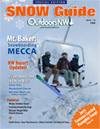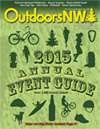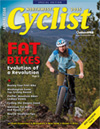Attract Summer Birds to Your Backyard
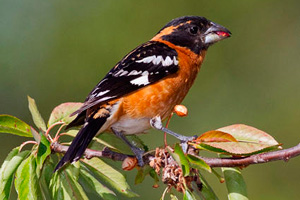
By Jim Ullrich, Wild Birds Unlimited of Gig Harbor
Photo at right: Black-headed Grosbeak
This summer, Seattle residents will have noticed many migrating birds, including the Black-headed Grosbeak, which can be identified by its sweet song and flashy black, white and orange-cinnamon pattern and large thick bill. Males are easily distinguished by their orange neck, chest and rump, while females are more muted with faint brown streaks. These remarkable migrants spend winter in Mexico, returning to Seattle in early May to nest and raise their young.
To attract grosbeaks and other birds to your backyard, provide the basic components of a suitable habitat: food, water, shelter and a place to raise their young. A proper habitat can make a bird’s life easier, and it’s a great way to introduce children to nature. Not only will it encourage children to learn about local wildlife, but it also gets them outside and away from electronics while building an appreciation of the environment.
Food Sources
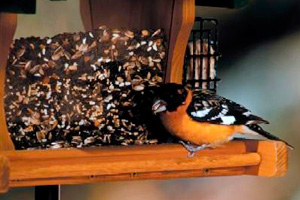 Black-headed Grosbeaks are primarily seed eaters that enjoy black oil sunflower seeds, both in- and out-of-the-shell, as well as insects, spiders, snails, fruit and berries. In summer, they are attracted to backyards with sunflower seed feeders, nectar feeders set out for orioles, bird baths, blackberry bushes and crab apple trees. Additionally, they are one of the few birds capable of eating toxic monarch butterflies, discarding the wings in an apparent attempt to reduce the amount of toxins they ingest.
Black-headed Grosbeaks are primarily seed eaters that enjoy black oil sunflower seeds, both in- and out-of-the-shell, as well as insects, spiders, snails, fruit and berries. In summer, they are attracted to backyards with sunflower seed feeders, nectar feeders set out for orioles, bird baths, blackberry bushes and crab apple trees. Additionally, they are one of the few birds capable of eating toxic monarch butterflies, discarding the wings in an apparent attempt to reduce the amount of toxins they ingest.
Water
Water is vitally important when it’s extremely hot, because birds do not sweat and must remove excess body heat through their respiratory system. So, when temperatures rise, birds’ respiration rate increases, sometimes to the point where they can pant like a dog. This activity dehydrates birds. A reliable source of water also allows birds to bathe regularly, a critical part of feather maintenance and staying in top-flight condition. Attract more birds by offering water in a bird bath. These water sources are normally elevated to protect birds from natural predators. Bird baths with sloped sides permit visitors to move from shallow to deeper water, and they accommodate different sized birds that need to drink or bathe.
Home Sites
Some birds use nest boxes to raise a family. A quality nesting box must have good insulation, ventilation and drainage. Other birds build nest homes in bushes and trees. Black-headed Grosbeaks build loosely constructed, bulky nests in bushes or trees. The loose construction may provide air conditioning for the eggs.
Nesting Materials
Providing nesting materials allows birds to spend their energy caring for their young and foraging for food. To help Black-headed Grosbeaks and other birds prepare their nests, place slender twigs, plant stems and dried grasses in a few different dishes. Nesting materials should be placed in trees, bushes and gardens between six and 12 feet above the ground.
Providing food sources and helping with nesting needs allow people to watch bird species make their nests, lay eggs, feed their nestlings and see the fledglings as they venture out on their own.
For additional information on attracting local bird species to your backyard, go to: http://gigharbor.wbu.com

